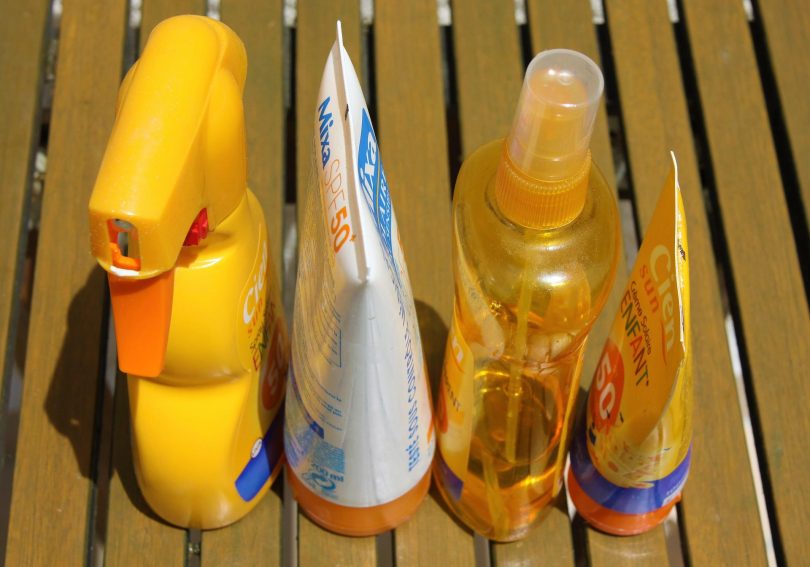“Routine self-skin checks are the best way to catch skin cancers at an early stage, when they are still highly curable,” said Dr. Harold Rabinovitz, a medical dermatologist and faculty member from the Dermatology Department at Augusta University Health. “If you have a personal or family history of skin cancer, it is also a good idea to have a full body skin examination by a board-certified dermatologist at least once per year.”
There are three main types of skin cancer, including basal cell carcinoma (BCC), squamous cell carcinoma (SCC) and melanoma. BCC and SCC are the most common and second-most-common types of skin cancer, respectively. Melanoma is rarer but more serious — it causes many deaths from skin cancer despite accounting for about 1% of total cases, the American Cancer Society reports.
“Although those with fair skin do have an increased risk, the shade of your skin does not protect you from skin cancer,” Rabinovitz said. “Anyone with a history of excessive sun exposure can develop the disease.”
When you complete your self-exam, stand in front of a mirror, and grab your brightest light to highlight your face, your nose, both ears, your neck, and inside your mouth. To check your scalp, consider using a blow-dryer to help move your hair out of the way. Next, examine your hands (including your fingernails and palms), elbows, arms and underarms. Raise your arms and check your right and left sides. Examine your neck, chest and torso. If you’re a woman, check beneath your breasts. Then, carefully look at your back, shoulders, as well as your buttocks and the backs of your legs. Finally, sit in a comfortable chair to examine your genitals, then inspect your legs and feet, including your heels, soles, toenails and the area between your toes.
“For people with moles, remember to follow the ‘ABCDE’ checklist,” Rabinovitz said.
The “A” stands for asymmetry meaning one half of the mole does not match the other in shape. “B” is for border which reminds you to check for ragged, notched or blurred edges of each mole. The “C” stands for color because moles can contain variations of tan, brown, black, red, blue, blue-black or white. “D” reminds you to examine the diameter of moles that can be the size of a pencil eraser or larger. And, finally, “E” helps you remember if the mole has changed in nature or appearance.
“The silver lining is that skin cancer is almost always curable if it’s found early,” Rabinovitz said. “This is why it is important to know the early signs of skin cancer so you can seek timely medical attention if you spot a suspicious mole.”


